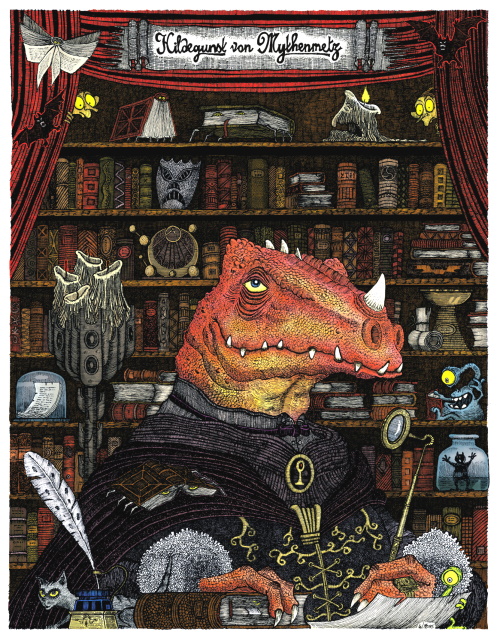Großes Schloss (Vorschau)
UK Women - British Photography between Social Criticism and Identity
28 photographic positions from the United Kingdom
26.05.2024 bis 15.09.2024
For the first time, the exhibition focuses on the photographic positions of female photographers from the United Kingdom and shows how the medium of photography has developed since the 1970s.
With strong themes such as social criticism, migration, gender identity, community and diversity, British female photographers have been campaigning for equality since the 1970s, but also for their own artistic language. They question British traditions and outdated role clichés. With humour and self-irony, they paint a haunting and sensitive picture of a society in upheaval. In doing so, they repeatedly place themselves at the center of their own artistic practice and confidently formulate their claim to equality. As different as the positions presented here may be, they are united by their irrepressible will to artistic, social and societal autonomy. In doing so, they skilfully use different strategies and concepts from documentary photography to applied photography and artistic photography. The exhibition impressively demonstrates this and presents 28 artistic positions with around 200 works by female photographers from three generations. In cooperation with IKS PHOTO.
What's there to laugh about? The comic art of WALTER MOERS
From Captain Bluebear, the Little Asshole and the fantastic continent of Zamonia
22.09.2024 bis 19.01.2025
As a brilliant double talent, as a drawing author or writing draughtsman, Walter Moers conceived a wide variety of characters like no other in Germany and told their stories with wit and enigma. The sailor's yarn-spinning Captain Bluebear, whose tall tales amuse not only the children to this day, the sometimes deep black humor that THE comic cult figure of the 1990s, the politically completely incorrect little asshole exudes, or the incomprehensible new continent of Zamonia, which Moers equips with the greatest ease around his alter ego Hildegunst von Mythenmetz with subtle, sometimes bizarre comedy. A cosmos of comic art like no other. All these characters and stories are presented in original drawings, puppets and animations with special attention to the special humor of their creator. It's not just with an asshole in oil that Moers caricatures the museum's business. It promises to be an enjoyable tour!





